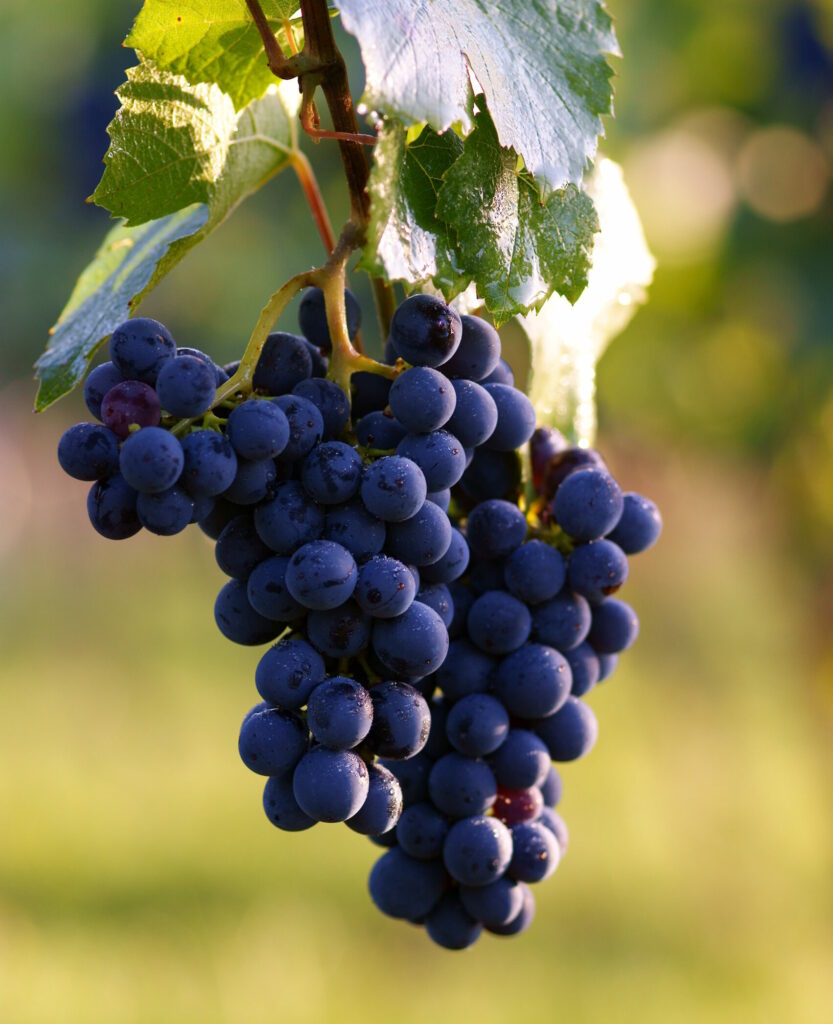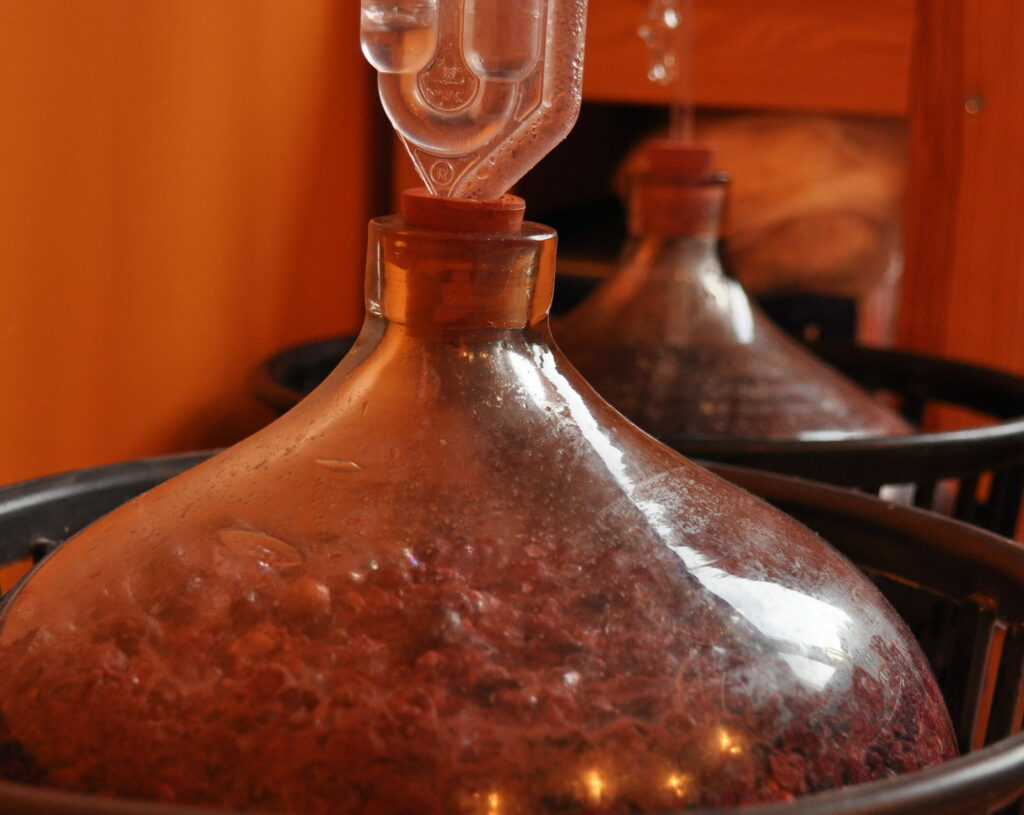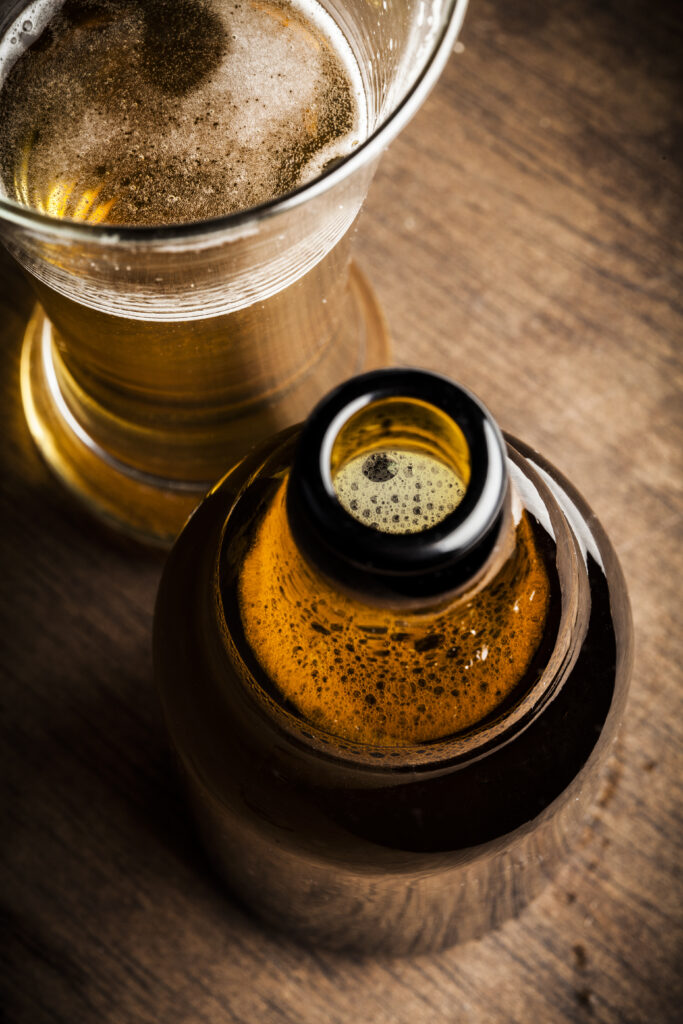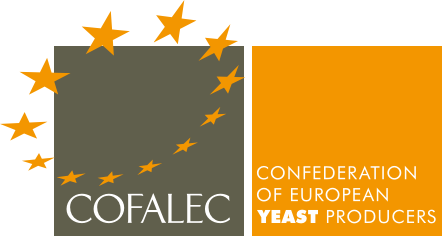The invisible agent in winemaking, to reveal wine’s unique characteristics whilst respecting terroir identity
Yeasts are ubiquitous in nature and have been used for centuries by mankind in the fermentation process involved in winemaking, breadmaking and brewing and many other fermented foods. Pasteur discovered and formalized the link between yeasts and fermentation in 1870, the process by which yeasts turn sugars into alcohol. As with all living beings, there is a large diversity of yeast “strains” in different wine ecosystems. Each strain is different and perform differently in different wine environment. Selected wine yeasts are specific yeast that have been isolated from ecosystem and conditions. More than 3000 species of yeasts have been studied so far and more than 300 selected wine yeasts strains, the majority Saccharomyces cerevisiae are used today by winemakers. Each one of them has its own properties and has an impact on wine quality in different ways allowing the revelation of terroir specific wine flavours.
We share with you the extraordinary potential and the specific role of selected wine yeasts and how winemakers use them at their advantage to reveal the full potential of their wines.
nos fiches d’information, tout ce que vous avez toujours voulu savoir au sujet des levures oenologiques sélectionnées
The microflora of grapes and musts forms a complex biological system where a great variety of bacteria and yeasts interact in multiple ways. Saccharomyces cerevisiae is the main fermenting specie able to convert the sugar into alcohol and through its metabolism produce or reveal volatile aroma compounds. Other species are now being also selected and studied giving winemakers a larger option to choose from.
More than 300 selected wine yeast are available each vintage for winemaking. Selecting microorganisms from that biodiversity gives winemakers many options to produce high quality wine respecting their terroir. Selection of wine yeast is a long and rigorous process where over several vintages, samples are collected from the winery environment and studies and characterized. Once selected, the yeast is produced and dried.
These active dry yeasts offer high stability and long shelf life, ready for use by winemakers.



In the presence of air and sugars, yeasts breathe and multiply abundantly, without forming alcohol. The sugar they feed on is transformed into carbon dioxide and water. Yeast producers use this metabolic process called respiration to multiply selected wine yeasts. The production of yeast starts from a vial with pure and stable culture followed by a series of multiplication steps in vessels of increasing volume. In the final production tank, the yeast is grown fully aerobically. At the end of its multiplication phase, the yeast is dried and made available to winemakers all over the world. Those dry yeast (active dry yeast) have better stability and longer shelf life and offer to winemakers more flexibility and choices during harvest while respecting their terroir and wine style.
Contribution of selected wine yeasts
The wine yeast Saccharomyces cerevisiae is an essential microorganism to secure alcoholic fermentations. Today, wine producers understand that selected wine yeast is also an ally to bring out the full potential of their wines. It can help reveal complex aromas, stabilise wine colour, enhance roundness, modulate the intensity of flavours, and bring forward the wine’s distinct personality. As living cellular factories, wine yeasts transform sugar into alcohol during fermentation. Selected natural wine yeasts reveal different aroma compounds to wine: grapes’derived or “varietal” aromas as well as “fermentative” aromas. The aromatic profile of the wine is a combination of these aromas.
A natural ally in the service of our gustatory pleasure
Selected wine yeast are vegan friendly, non-GMO, and can be used in organic winemaking. They are a true ally to winemakers around the world to make representative and diversified wines in the respect of their true nature.
There are two main types of brewer’s yeast:
Their differences appear in the following step of the process. After fermentation, yeasts will either settle down to the bottom of the tank (bottom fermentation) or up to the surface (top fermentation).
Moreover, these two types of yeast are evolving in different environments: lager fermentation yeasts are active at temperatures lower than usual (7-15 ° C) while ale fermentation yeasts cannot grow at temperatures below 15-20 ° C.
Strong taste characteristics
Their last difference remains in their taste characteristics.Lager fermentation beer have a lower rate in alcohol but a higher one in CO2, which means that they are more carbonated and fizzy. Therefore, they develop an aroma with overtones of sulphur and they are recognizable by their more pronounced hop taste.Ale fermentation beers have a higher rate in alcohol and have more fruity, estery and malty aromas.

Innovation on the move
In beer making, yeast is part of the beer identity, and this sector is very innovative in terms of yeast strains. There are thousands of yeast strains to select from, brewers and yeast producers collaborate extensively to select the right yeast strain and create a unique flavour. To do that, yeast producers employ innovative and sophisticated processes which they have developed for decades, either by conducting one experiment after the other to build an extensive database or using advanced genetic software which can filter millions of strains in a short period of time!
The particular yeast strain that will be selected will be responsible for the taste, the bitterness and the fizziness of the beer. The choice of yeast is what makes the beer unique to its terroir, without yeast, no beer!
